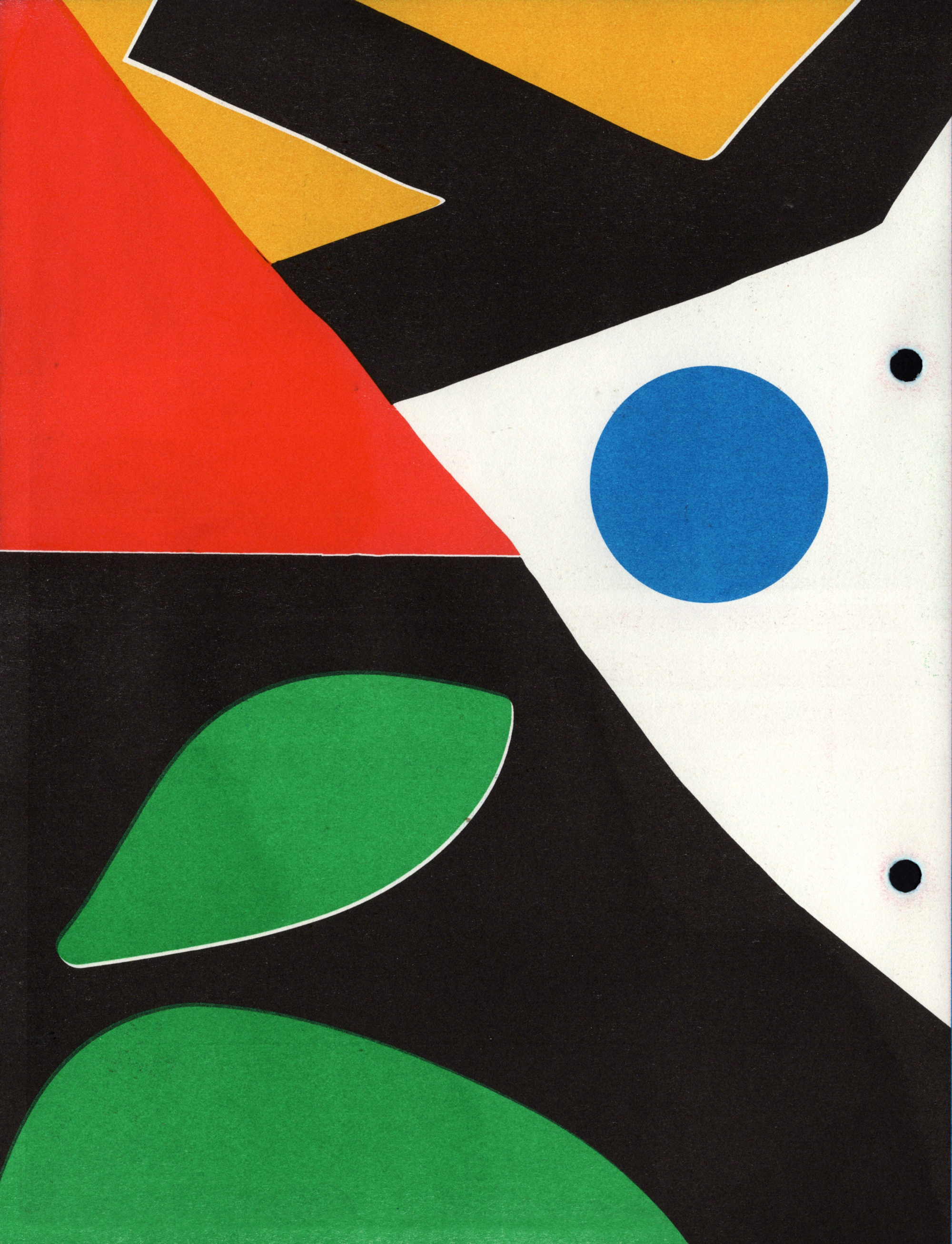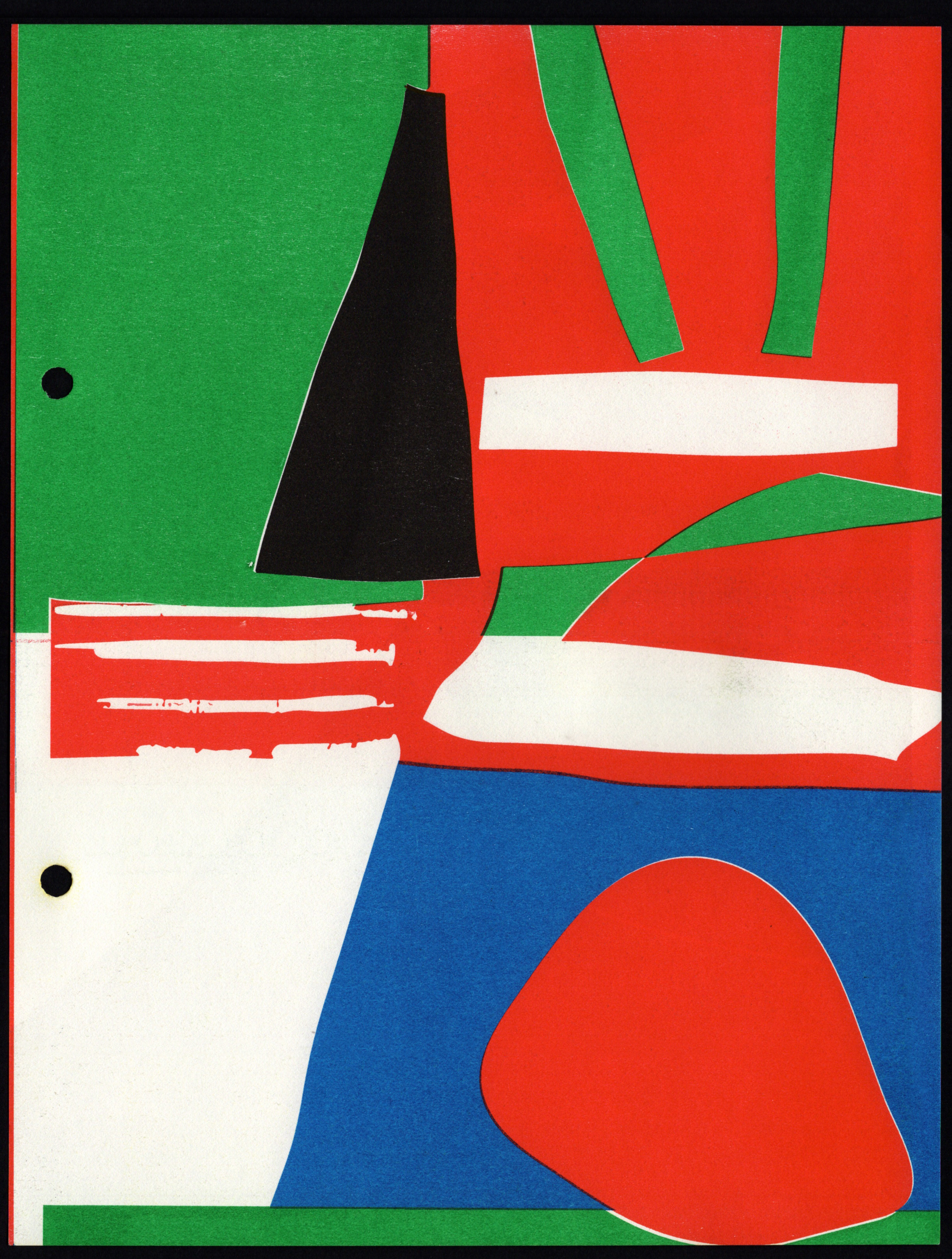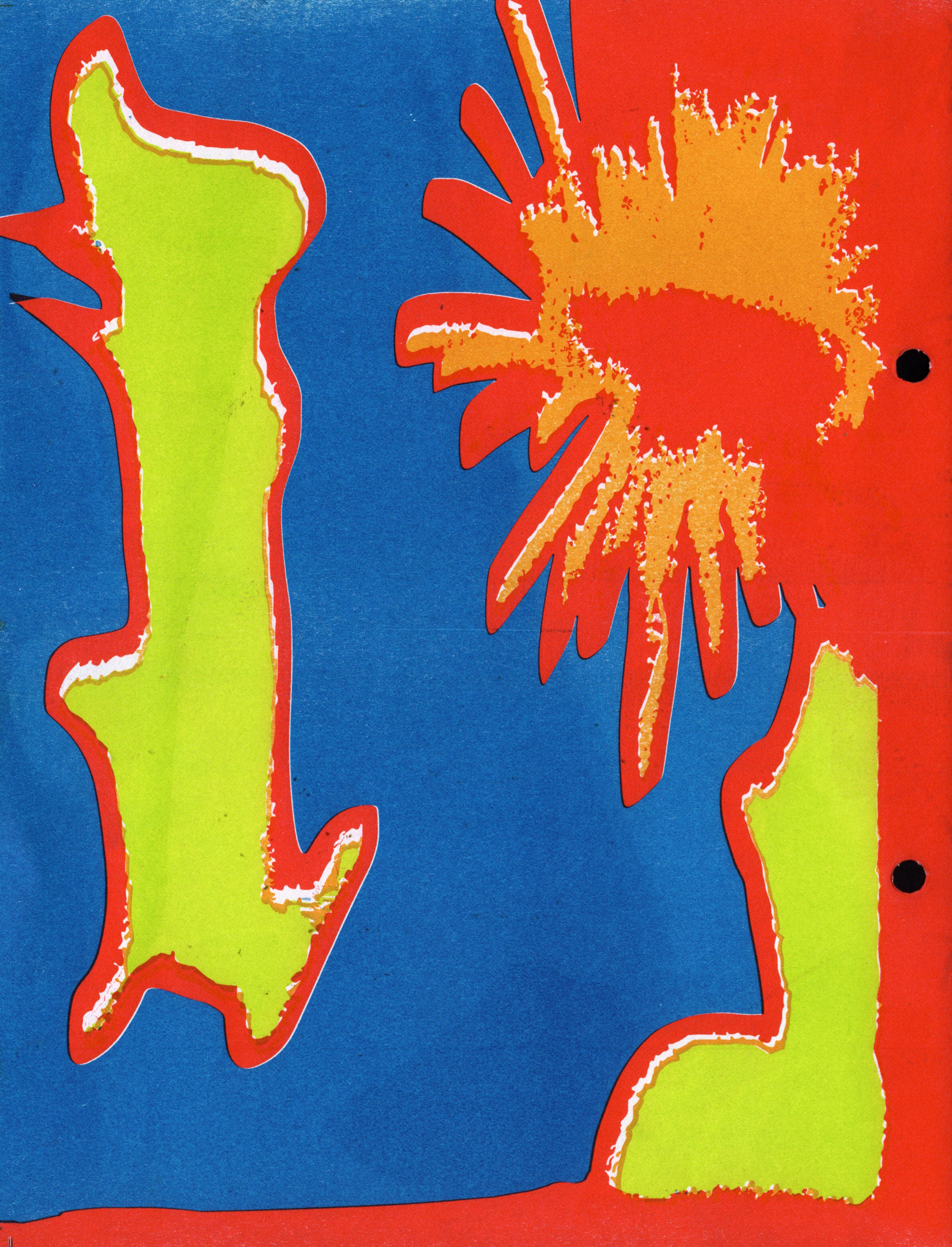My more recent journeys to Cuba and Mexico happened on the heels of a rough winter in Salt Lake City. For me the sun has not only been a symbol of stability but also asource of health and vitality. I always noticed a shift in my temperament during extended periods without direct exposure. That winter was the beginning of the end of the caterpillar. Starting with Cuba and then making my way to the Yucatan where its virtually summer year round. For this reason, the Sun is a recurring visual motif in this edition.


The 0’s and 1’s interspersed throughout the book are a reference to Diloggun a binary Afro Cuban divination system that originated in West Africa. It exists in Cuba today as a spiritual system with amalgamation of African and Indigenous influences. This Cuban adaptation of Odu mirrors the journey and transformation of the word “Lagniappe”. It underscores how individuals, much like “lagniappe” and the caterpillar undergo transformation while retaining a core essence.
During my travels in the Yucatan, I discovered the Popol Vuh, the Mayan creation storythat details the Mayan cosmology and much like most ancient creation stories, it aims to explain the origin of everything through allegory and storytelling. One notion that resonated with me was that there is no distinction between human beings and nature. Rather, everything exists within a network of relationships. The Popol Vuh shares many similarities with other ancient creation stories.
For example, Grandmother Moon (Xmucane) and Grandfather Sun (Xpiyacoc) created men of clay, much like the Tore in the Efe creation story of the people of the Democratic Republic of Congo and Enki from the Sumerian creation epic. The way the Mayans viewed color was a huge inspiration in this book. The Maya envisioned the universe as four-sided, each corner marked by a Ceiba tree colored according to the direction it represented: red for the east, white for the north, black for the west, and yellow for the south, with green representing the center. The colors blue and green share the same glyph, rendering them almost interchangeable in the eyes of the Maya. For Lagniappe, these hues were not just aesthetic choices but a reference to a rich and deeply connected ancient culture whose legacy still lives on today in the Yucatan, reflecting their reverence for nature and the cosmos and serves as a reminder of the interconnectedness of all things in our world.

“For Lagniappe, these hues were not just aesthetic choices but a reference to a rich and deeply connected ancient culture whose legacy still lives on today in the Yucatan, reflecting their reverence for nature and the cosmos and serves as a reminder of the interconnectedness of all things in our world.”





















